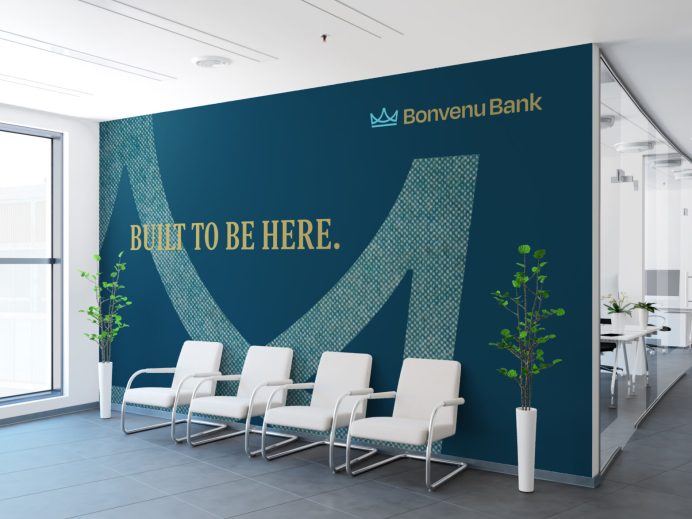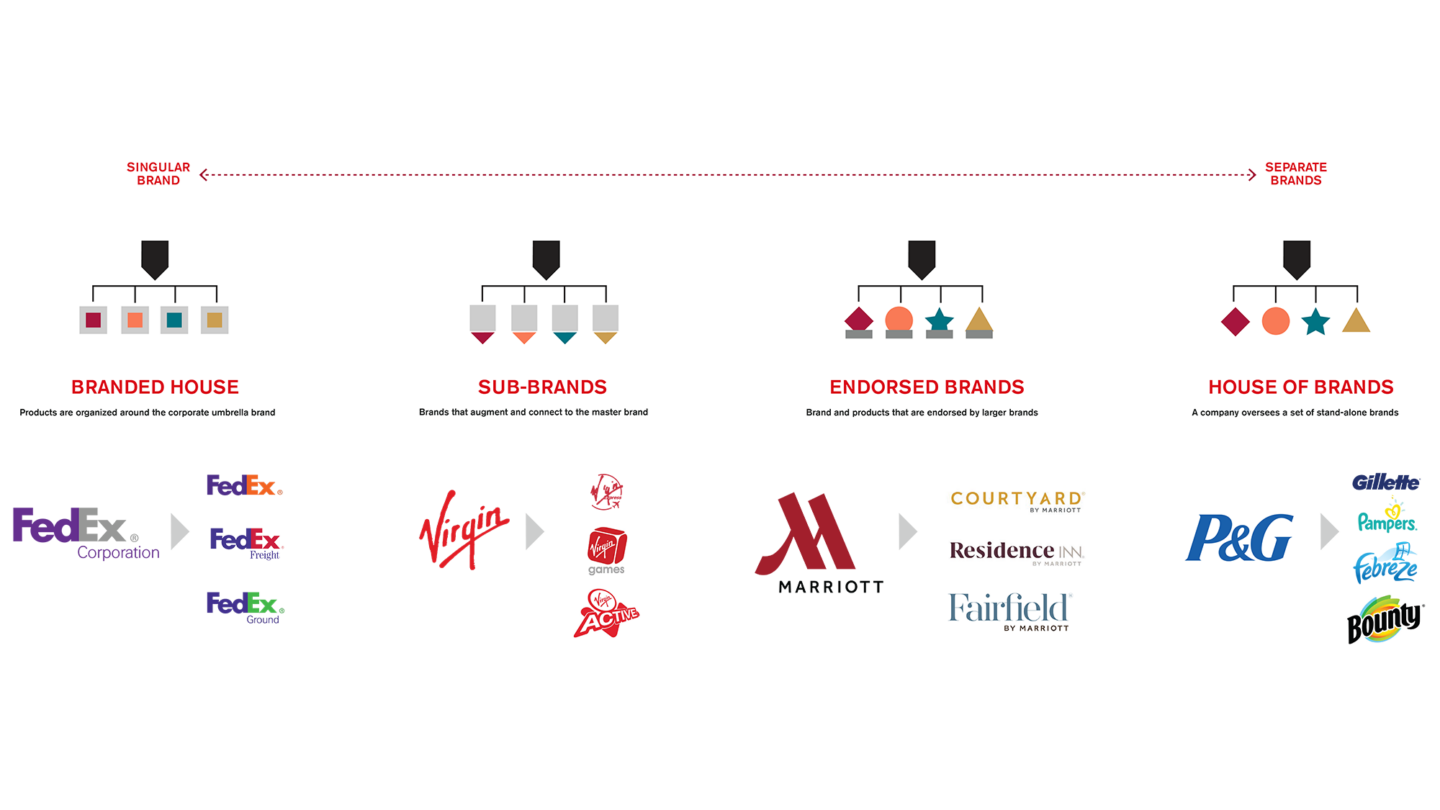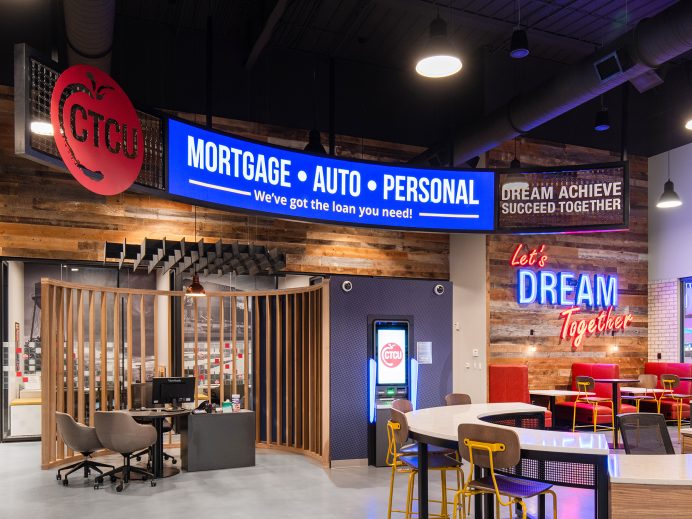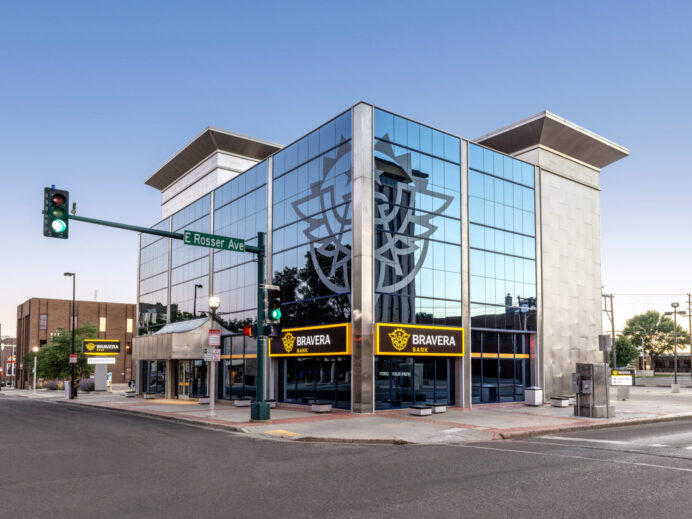In the last installment in our brand architecture series, we addressed how mergers and acquisitions often serve as a survival strategy for brands across the consumer landscape.
In today’s fast-paced environment, may be tempted to take the path of least resistance with their brand architecture, allowing their acquired entities to run independently with little alignment to the parent brand. Yet, it’s those brands that take the time to strategically and holistically address their structure that achieve the greatest brand success. In our third article on brand architecture essentials, we are exploring the critical questions to ask to inform decision-making around brand structures that will help future-proof your brand.
What is Brand Architecture?
At its core, brand architecture is the strategic framework that governs how a master brand’s various sub-brands, offerings, products, and services are organized and presented to the market. Think of it as the blueprint for your brand’s identity — it outlines the relationships between different elements of your brand and ensures consistency and coherence across all touchpoints.
Why is Brand Architecture Important?
In the competitive landscape of modern business and brand messaging, where consumer trust and confidence are paramount, brand architecture plays a pivotal role in shaping perceptions, driving differentiation, and ultimately influencing consumer behavior. Here’s why the right brand architecture strategy is so crucial:
Clarity and Cohesion
- Structures diverse offerings and presents them to the market in a strategic way
- Reinforces brand identity across all touchpoints
Strategic Alignment
- Guides resource allocation with overarching goals
- Supports growth initiatives while allowing brands to support each other with tailored value propositions
Brand Equity Protection
- Defines boundaries between brand elements to maintain integrity to the parent company’s image
- Mitigates risks of dilution and ensures long-term value
Consumer Engagement and Experience
- Delivers tailored experiences to an array of audiences and different niches
- Deepens customer engagement and fosters loyalty
Types of Brand Architecture Models
What brings abundant advantages for one brand might actually be a distinct disadvantage for another — it all comes down to purposefully built brand architecture. Whether you’re using branded house, sub-brands, endorsed brands, or house of brands, architecture defines how merged brands behave and interact, both today and into the future. Each one of these brand architecture models is suited to different business strategies and goals.
Branded House
In this model, the parent brand is dominant, and all sub-brands and offerings are closely tied to it under one parent brand umbrella. This approach fosters strong brand recognition and loyalty but requires careful management to ensure consistency across all brand extensions.
With branded houses, there are no sub-brands that stand on their own. The benefits of this approach include very high brand equity, operational efficiencies, and little to no brand confusion. The biggest disadvantage to this approach is the high dependence on the parent brand’s reputation, meaning if the parent brand’s consumer standing takes a dive, so does everything that falls under it.
FedEx is an example of the branded house brand architecture framework, with its designated service lines — FedEx Express, FedEx Ground, FedEx Office, etc. — all falling under the parent brand.
House of Brands
Here, the parent brand operates as an umbrella, under which multiple sub-brands exist, each with their own distinct identity. Under this house of brands structure, most consumers are often not even aware of the individual brand’s affiliation with the parent.
Advantages of this approach include maximum market penetration with separate market segments and distinct brand promises and reputations, which helps avoid negative spillover from other brands under the parent’s banner. However, this brand architecture strategy is the most operationally inefficient as it can contain hundreds of individual brands to manage. While house of brands allows for greater flexibility and innovation, the model can dilute the parent brand’s equity if not executed thoughtfully.
One of the most wide-ranging corporations using the house of brands architecture is Procter & Gamble. The company is home to personal care, home, and hygiene products across numerous consumer segments. If something negative happens with Tide, for example, consumers don’t take it out on Olay.
Sub-Brands
Sub-brands are distinct brands that are connected to a parent brand but have their own unique identity and positioning. Brand messaging architecture of this type allows companies to target specific market segments or expand into new categories while leveraging the equity of the parent brand, unlike the house of brands architecture example.
One big advantage of this approach is that the parent brand is still highly visible and consistent, showing scale and size and lending credibility to sub-brands. Disadvantages to this approach include dependence on the parent brand reputation, along with the operating expenses of managing multiple brands.
Virgin is a good example of sub-brand architecture. Services like Virgin Atlantic, Virgin Mobile and Virgin Money all stand for something that exists on its own, but each sub-brand is highly dependent on the Virgin parent brand for market relevance.
Endorsed Brands
In this model, the parent brand provides endorsement or support to individual brands or product lines without overshadowing them. These individual brands collectively take on greater market presence than the parent brand alone and represent something distinct under the parent’s banner. The parent’s endorsement denotes a certain level of expected delivery, but does not dictate each endorsed brand’s actions.
The advantages of this branding architecture include a unique brand promise, individual brands prioritized for faster market penetration, and quality assurance inherited from the parent brand. In contrast, the potential dilution of the parent brand, negative spillover from other brands, and inefficiencies inherent in multiple brand management are disadvantages that can come from using an endorsed brand model.
Marriott is the textbook example of the endorsed brand architecture. With distinctive hotel offerings from Courtyard, Fairfield, and Residence Inn, the Marriott brand sits in the background but its endorsement is consistent and prominent to each individual hotel brand.
Brand Architecture Decisions: Choosing the Best Brand Architecture Framework
In financial services, many banks and credit unions grow through M&A. This often leaves institutions wondering about what to do with these newly acquired financial brands. Do they take a house of brands approach, keeping multiple sub-brands with their own unique identities? Do they bring them under an existing brand? Or, do they combine the existing and newly acquired brands under a completely new name and brand identity?
The Secret Sauce to A Successful Unified Brand
With successful unified brands, merged entities coordinate their activities around a singular brand purpose and promise, reaching distinct audience demographics and geographics. This focused effort gains power and prominence thanks to holistic branding and marketing, reaffirming the brand in the minds of consumers.
While there may be complexities in managing an identity change, these challenges can be managed through purposeful strategy and thoughtful execution. In the long run, a singular brand clearly communicates strength and provides scalability for future acquisitions and growth.
Curious about the best brand architecture strategy for your financial institution? The brand experience experts at Adrenaline can help. Get in touch today.
Adrenaline is an end-to-end brand experience company serving the financial industry. We move brands and businesses ahead by delivering on every aspect of their experience across digital and physical channels, from strategy through implementation. Our multi-disciplinary team works with leadership to advise on purpose, position, culture, and retail growth strategies. We create brands people love and engage audiences from employees to customers with story-led design and insights-driven marketing; and we design and build transformative brand experiences across branch networks, leading the construction and implementation of physical spaces that drive business advantage and make the brand experience real.






